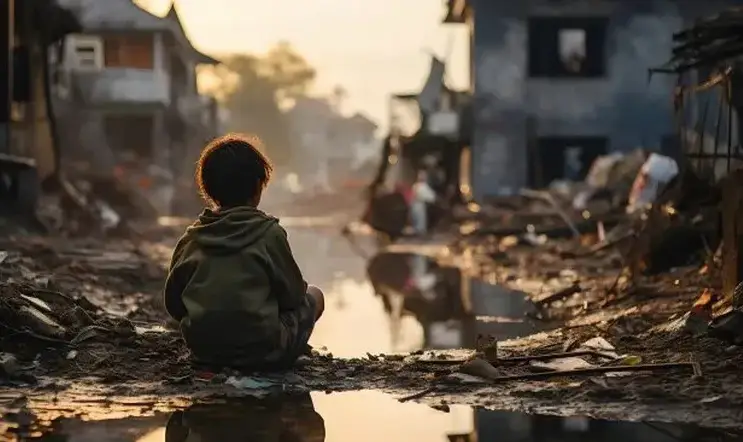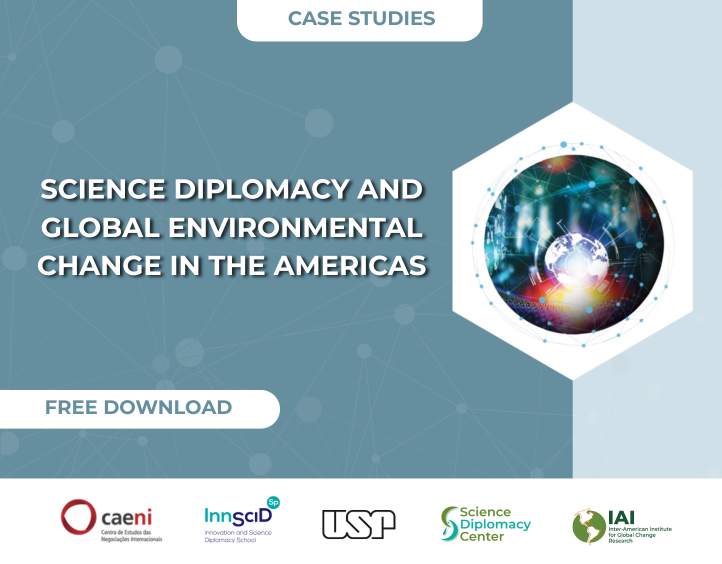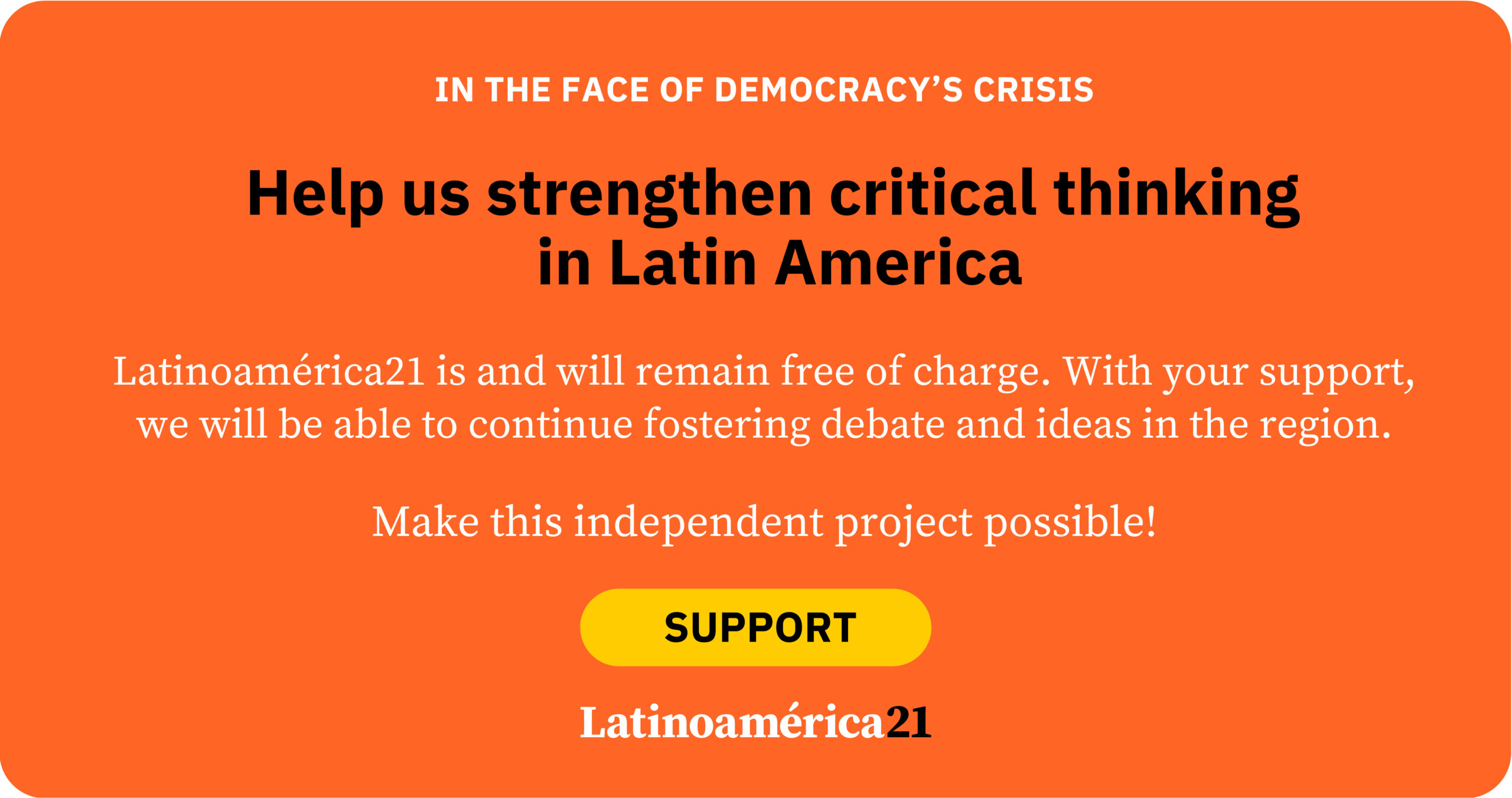Thirty-seven years ago, Pope John Paul II delivered a phrase in Chile that would resonate across generations: “The poor cannot wait.” This message, directed at a fractured nation, remains powerfully relevant in Latin America, where millions of children and adolescents (ages 0 to 17) continue to face a reality marked by poverty, inequality, and violence.
The region is navigating a challenging landscape. While progress had been made in reducing extreme poverty in recent years, the COVID-19 pandemic and its economic fallout reversed many of these gains. In 2021, poverty affected 46.1% of children and adolescents in Latin America, according to the Economic Commission for Latin America and the Caribbean (ECLAC, 2024). Although this percentage fell to 40.6% in 2023, it remains significantly higher than in other age groups and is nearly three times the poverty rate among those over 60.
A key aggravating factor is the lack of access to social protection networks. According to UNICEF, as of 2023, fewer than half of Latin Americans under the age of 15 received effective social benefits, compared to 79.3% of those over 65. Addressing this imbalance is crucial to ensuring basic rights and reducing development gaps. However, these figures go beyond material deprivation; they also reflect deep structural inequalities that shape children’s access to education, healthcare, and overall well-being.
Child labor: an open wound
Child labor remains one of the greatest obstacles to the full development of children and adolescents in Latin America. According to data from the International Labour Organization and UNICEF, 8.2 million children and adolescents in the region are engaged in work, with more than half performing hazardous jobs that jeopardize their physical health, education, and emotional well-being. Beyond hindering their development, child labor restricts access to education, perpetuating intergenerational cycles of poverty.
The pandemic exacerbated this issue. Many families, driven by economic hardship, turned to child labor as a survival strategy. The situation is especially dire in rural areas, where the lack of basic services and educational opportunities makes children even more vulnerable.
Violence against minors is another persistent crisis in the region. In countries such as Honduras, Guatemala, and El Salvador, many children endure physical, sexual, and psychological abuse in both their homes and communities. UNICEF reports that in 2022, two out of every three children under 15 in Latin America and the Caribbean experienced violent discipline at home. This situation, compounded by forced displacement and insecurity, further heightens their vulnerability.
School closures during the pandemic worsened these risks. More than 10 million children in Latin America were left out of the education system, limiting their development opportunities and deepening inequalities.
Against this backdrop, the 2030 Agenda for Sustainable Development serves as a crucial framework for addressing these issues. Several of the 17 Sustainable Development Goals (SDGs) directly focus on improving children’s living conditions. For example, SDG 1 aims to eradicate poverty in all its forms, SDG 4 promotes inclusive and quality education, and SDG 8 seeks to eliminate child labor by 2025.
The 2023 SDG report highlights setbacks in key indicators such as child poverty and educational exclusion worldwide. In Latin America, despite progress in areas like infant mortality reduction and primary school access, the pandemic and recent economic crises have widened inequalities. These structural disparities make achieving the goals particularly challenging, especially in marginalized communities.
For the region to move forward, it is essential to implement comprehensive strategies that prioritize social protection, strengthen education systems, and promote large-scale school reintegration campaigns. As the report emphasizes, collaboration between governments, international organizations, and civil society is vital to ensuring that no child is left behind.
The challenges are immense, but so are the opportunities for change. Strengthening public policies focused on children—such as expanding cash transfer programs, ensuring access to free, quality education, and providing comprehensive child protection—can make a profound difference.
The success of countries that have significantly reduced child labor and poverty demonstrates that a collaborative and sustainable approach is key. Pope John Paul II’s message that “the poor cannot wait” must now take on a new urgency: Latin America’s children cannot wait. Protecting their present and securing a dignified future is not just a policy imperative—it is an ethical duty that defines our humanity and the kind of society we aspire to build.
*Machine translation proofread by Ricardo Aceves.













